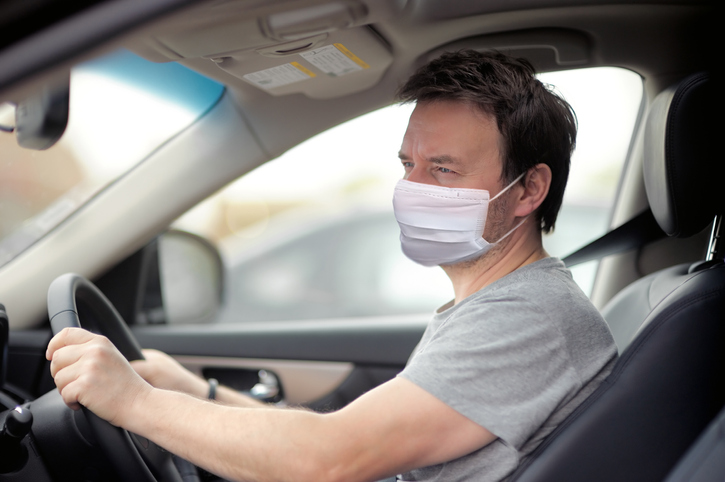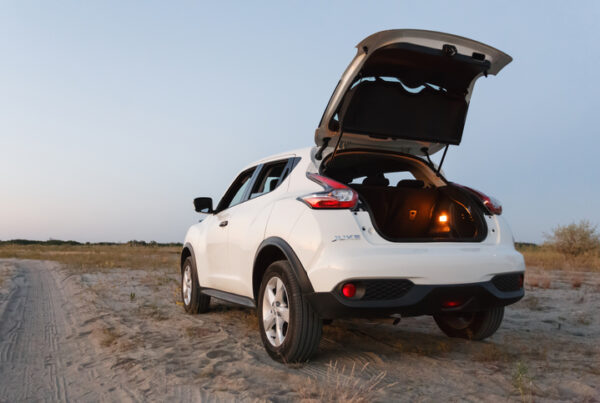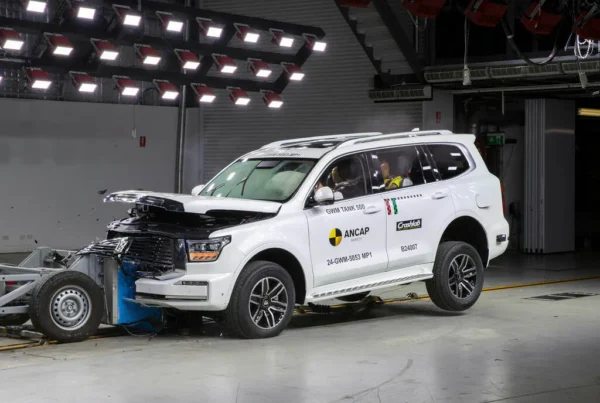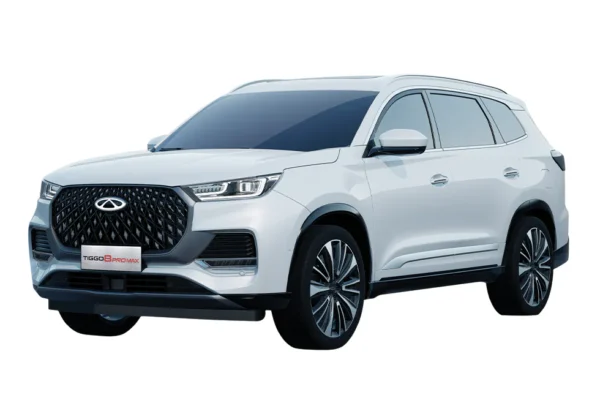When it comes to proper fleet management, nothing should be given greater priority than the focus you allocate to driver safety.
At the end of the day, your drivers are your greatest asset and there’s nothing more important than their health and wellbeing as they enter the ‘mobile office’, particularly for those that are still on the road during COVID-19.
It’s 2020 and advanced vehicle safety systems and high-end telematics are certainly helping to curb the problem, but sadly neither of these is a ‘silver bullet’ for complete road safety.
“No matter how technologically advanced a vehicle might be, fleet safety begins with the driver,” said Automotive Fleet’s Bob Cavalli.
“Beginning with the hiring process and ongoing throughout a driver’s employment, fleet managers have been challenged not only to make certain drivers are safe, but to assess driver performance, and, ultimately, manage risk.”
With that in mind below are some topics of consideration for every fleet manager to think about as they strive to improve the safety of their mobile workplace.
Identify risks
According to SG Fleet, risk assessments for any work-related driving activity should be undertaken using the same principles that you would for any other working activity. Once a driver risk assessment has been completed, the fleet manager should be able to identify and document potential hazards, assess who could be harmed and take reasonable measures to protect drivers from danger.
“These could be implemented throughout the year, or even as part of the pre-employment screening process. Whichever way this is done, the results should give the fleet manager the information needed to shape and develop the fleet management strategy,” they said.
Provide Incentives for Safe Driving
According to DCR Strategies, companies using incentive programs reported a 79 per cent success rate in achieving their established goals when the correct incentive was offered. That’s the key to having an effective incentive program that motivates your drivers to drive safely—tying the right reward to a corresponding action. For example, if the goal is to reduce crashes, then build incentives around encouraging a change in behaviour that reduces the potential of a crash happening in the first, whether it’s increasing following distance or reducing speed.
Provide more training
Drivers need to continue their learning throughout their driving or operating careers. Short driver training courses can be of great benefit as a refresher and stimulus to that learning. Drivers who attend accredited post-license courses such as a Defensive Driver course, often discover what they don’t know or what they have forgotten, including common road laws. Is now the time for your drivers to have a refresher course? There are plenty of providers available nationwide.
Consider the Chain of Responsibility
Employers have a legal and moral responsibility to look after the safety of their staff, and part of this duty of care is ensuring employees are safe on the roads if their job requires any driving. It is the responsibility of employers to ensure company cars are in good working order and that their staff have the necessary skills and training for driving. Further details about the chain of responsibility can be found here.
Never Ignore Fleet Maintenance
Proper vehicle maintenance can take two main forms – scheduled and unscheduled. In the same way that a regular health checkup can detect and fix minor medical problems before they become big ones, proper scheduling and preventive maintenance of your fleet can save your organisation a lot of time and money in the long run. Have a read of AfMA’s Top 5 fleet maintenance tips to help assist you in your planning for the future.
Take extra care during COVID-19
During these challenging times consider all available options to significantly reduce the use of your vehicles. Where trips must happen ensure drivers have access to alcohol-based hand sanitiser (70% alcohol content is the ideal), detergent- or alcohol-based wipes, disposable gloves and plastic rubbish bags in each car. Where it is practical and safe to do so, try to minimise the number of passengers in a vehicle. Click here for expanded details on cleaning and sanitising guidelines for COVID-19. Depending on your region and line of work wearing masks may also be a necessary step to reduce the spread of coronavirus among your workplace.






